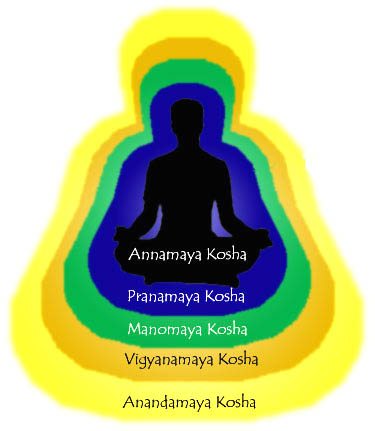Yoga: A Journey to Bliss
What is Yoga? Almost any yoga book has on its cover a slender person performing a complicated asana, twisting his body way beyond normal capacity. Is this what yoga is all about?
Sanskrit gives us a simple definition of yoga
“Yujyate anena iti yogah”
Which means, Yoga is that which joins, unites, binds. Yoga is that, which joins the individual consciousness with universal consciousness. It joins the conscious mind with the subconscious mind. It unites the physical, mental, emotional and spiritual aspects of our being.
Yoga is not merely about physical exercise or about keeping our bodies fit. Yoga is not about being able to get into complicated twisted positions. Yoga is a way of life. Yogasanas, i.e. yogic postures are merely to prepare the body for higher steps, and happen to be just one step among 8, in one of the 4 streams of yoga.
“Yogah cittavritti nirodah” – Patanjali Patanjali defines yoga as a ‘systematic process of gaining mastery over the mind’. Swami Vivekananda opines that yoga is a means of compressing thousands of years of evolution into a matter of a few months or years.
According to another version, Yoga is a means of transending limitations of this body, in other words Yoga helps you to bring quality of changelessness (of supreme conscious) to this ever changing body.
The Panca Koshas

There are five layers of our being
1. Annamaya Kosha is the physical body (Sthula Sarira) 2. Pranamaya Kosha ..Breath body 3. Manomaya Kosha -Mind- and 4. Vijnanamaya Kosha- Intellect- are in the astral body (Sukshma Sarira) 5. Anandamaya Kosha belongs to the causal body (Karana Sarira) Pranamaya Kosha contains the five Karma Indriyas. Manomaya and Vijnanamaya Koshas contain the five Jnana Indriyas.Priya, Moda and Pramoda are the attributes of Anandamaya Kosha. Hunger and thirst belong to Pranamaya Kosha. Birth and death belong to the Annamaya Kosha. Harsha and Soka (exhilaration and depression) belong to Manomaya Kosha. Passion, hunger, greed, Sankalpa and Vikalpa are Dharmas of the Manomaya Kosha. Sleep and Moha belong to Anandamaya Kosha. Kartritva (agency) and Bhoktritva (enjoyment) belong to Vijnanamaya Kosha. In Manomaya Kosha, Iccha-Shakti is working. In Vijnanamaya Kosha, Jnana-Shakti is working. Beyond all these five layers is the true self.
The different streams of yoga
No two people are the same, and yoga recognizes that. There are 4 basic streams of yoga depending on the type of personality.Bhakti yoga is deemed to be the easiest of all paths. It is a path of emotions and devotion. It doesn’t matter whether one is devoted to a particular God, one’s parents or spouse or even just universal consciousness. Bhakti yoga helps a person transform and replace negative emotions with positive alternatives. Starting off with material or selfish love, Bhakti yoga teaches a person to move on to selfless love and surrender, until the person finally sees God everywhere and in everything.
Karma yoga the path of work teaches us selfless work. It is based on the principle of detachment to the fruits or reward of one’s work. The advantage of karma yoga is that it can be practiced all the time, every moment of the day. Those working long hours with no time for spiritual or religious practices can achieve higher yogic states by simply working with dedication and practicing detachment from the results of their work at the same time. more on Karma yoga....CLICK HERE
For those who like to analyse and question at every point in their life, there is Jnana yoga, the path of knowledge. Knowledge is not merely bookish knowledge, and by this definition, merely reading a lot of books does not make one a great jnana yogi. Knowledge is only complete when it is experienced. Jnana yoga starts with theoretical knowledge, but then encourages the person to question everything he/ she has been told, contemplate on it and then finally merge with the knowledge.
Raja Yoga is probably the most commonly known path today, thanks to yogasanas. It is the path of will power and self control, starting with control over the body, followed by control over the breath and the mind.
Or DOWNLOAD THIS Excellent Yoga Book Tweet